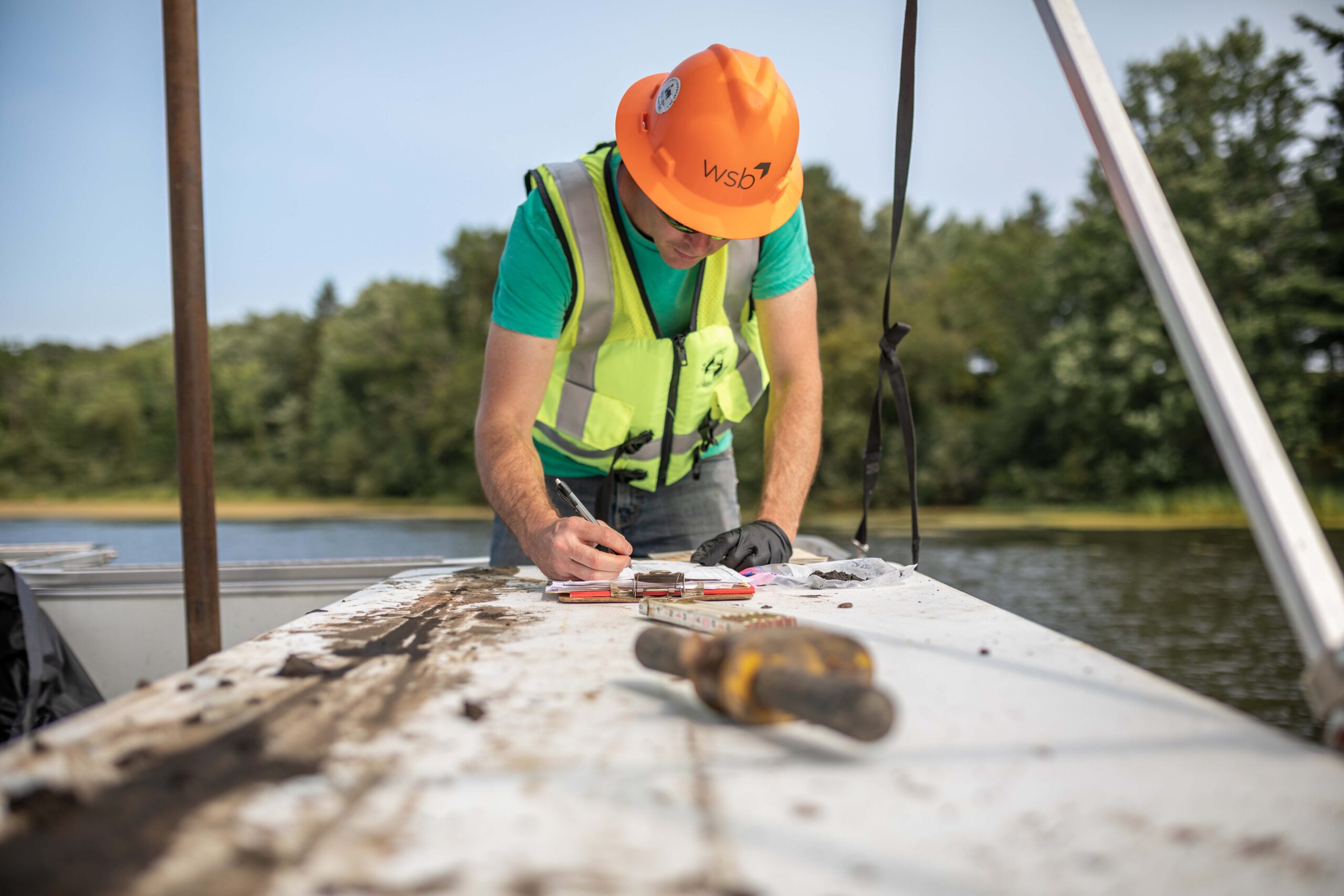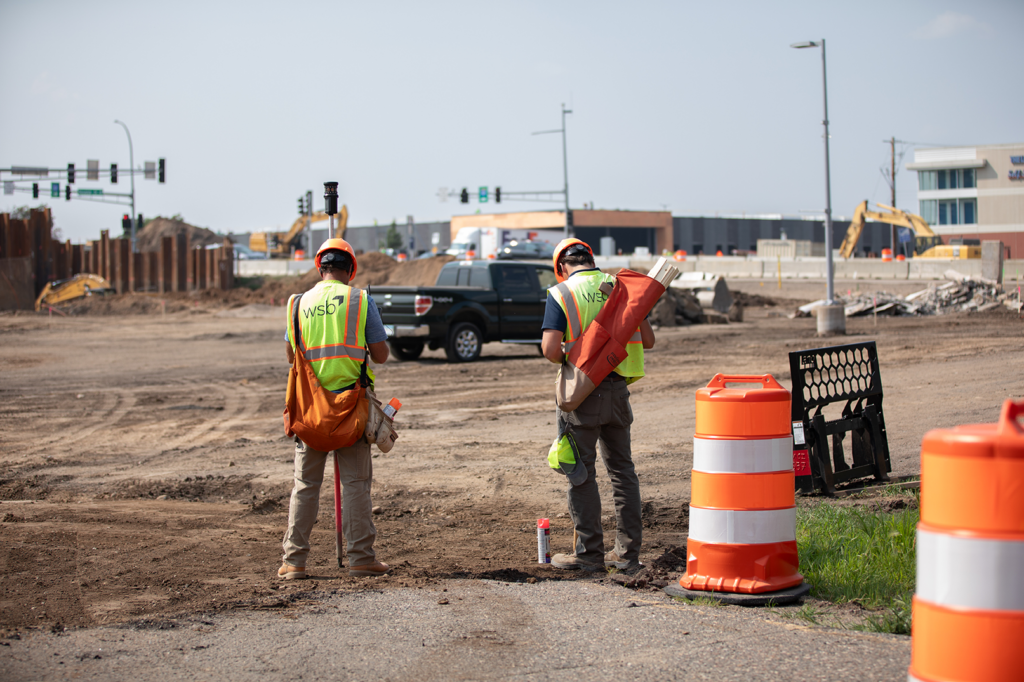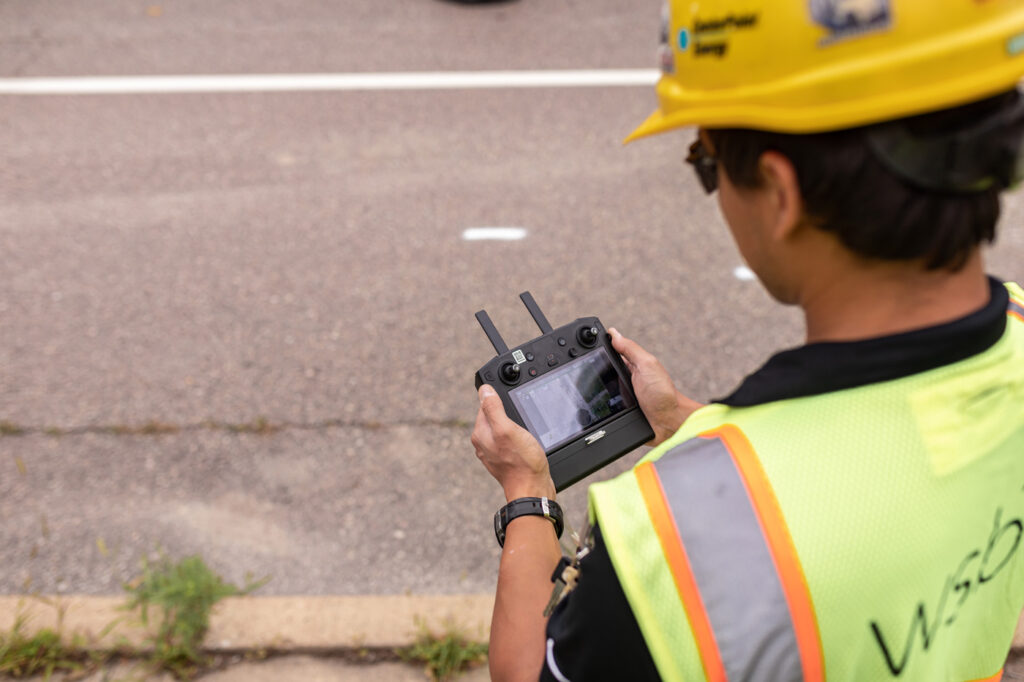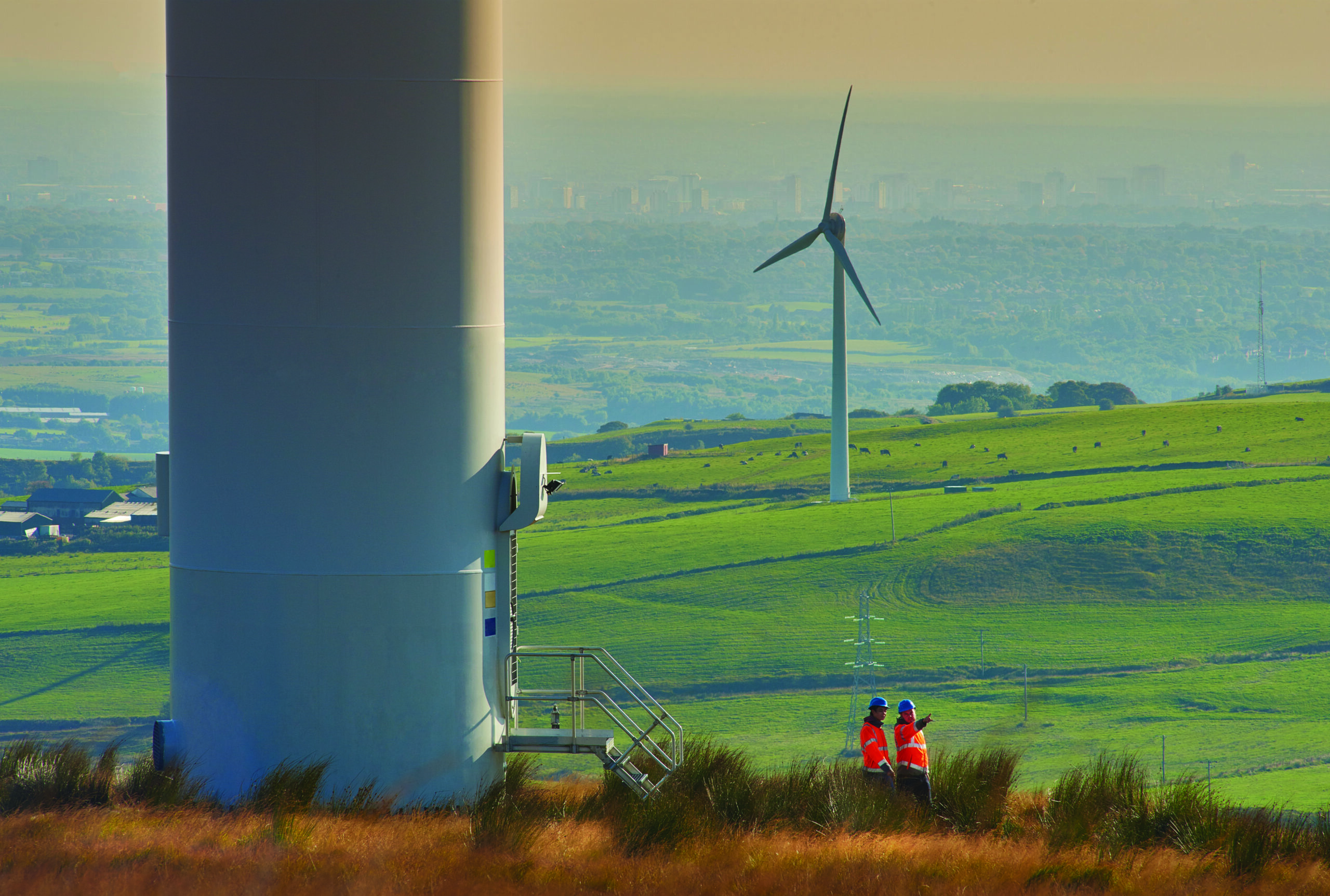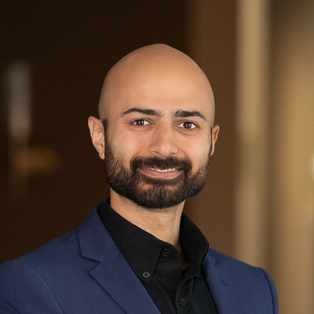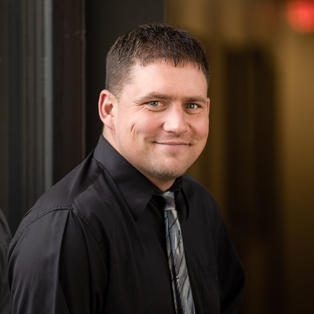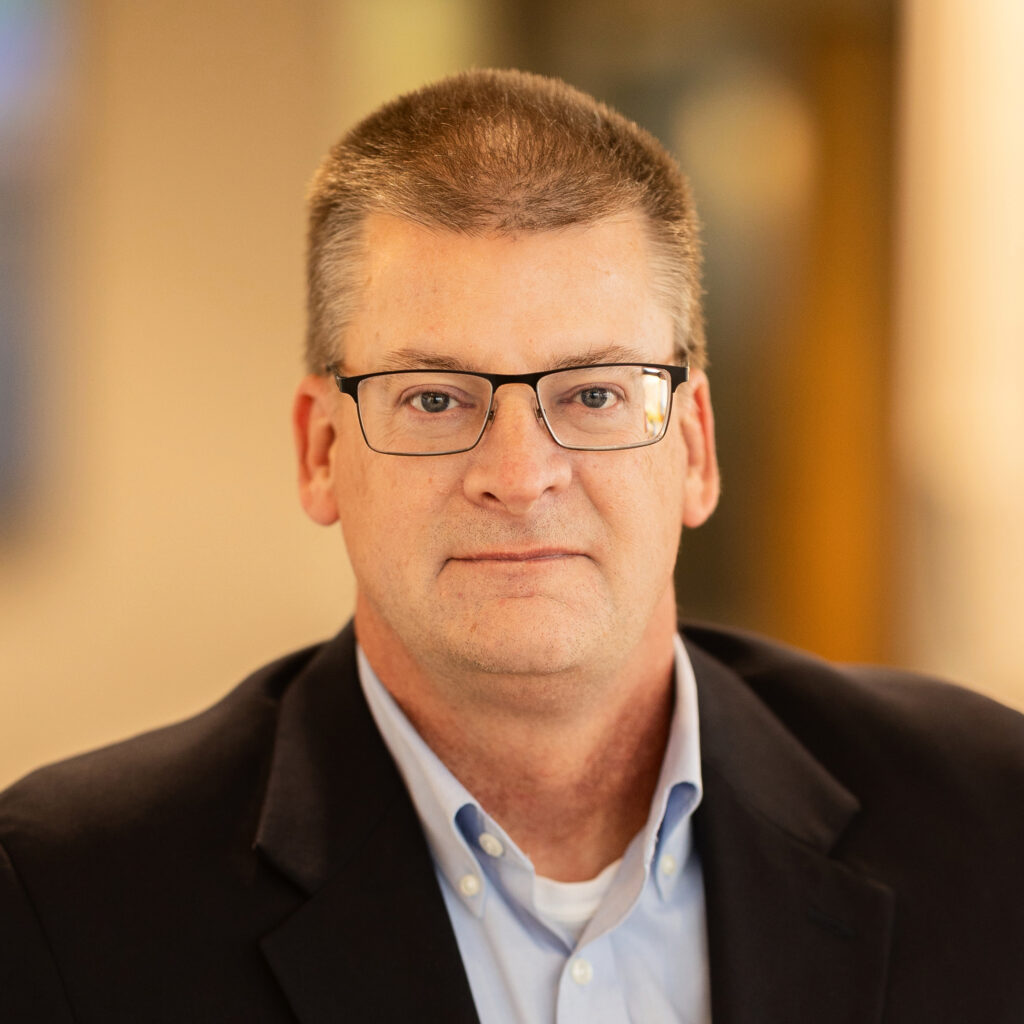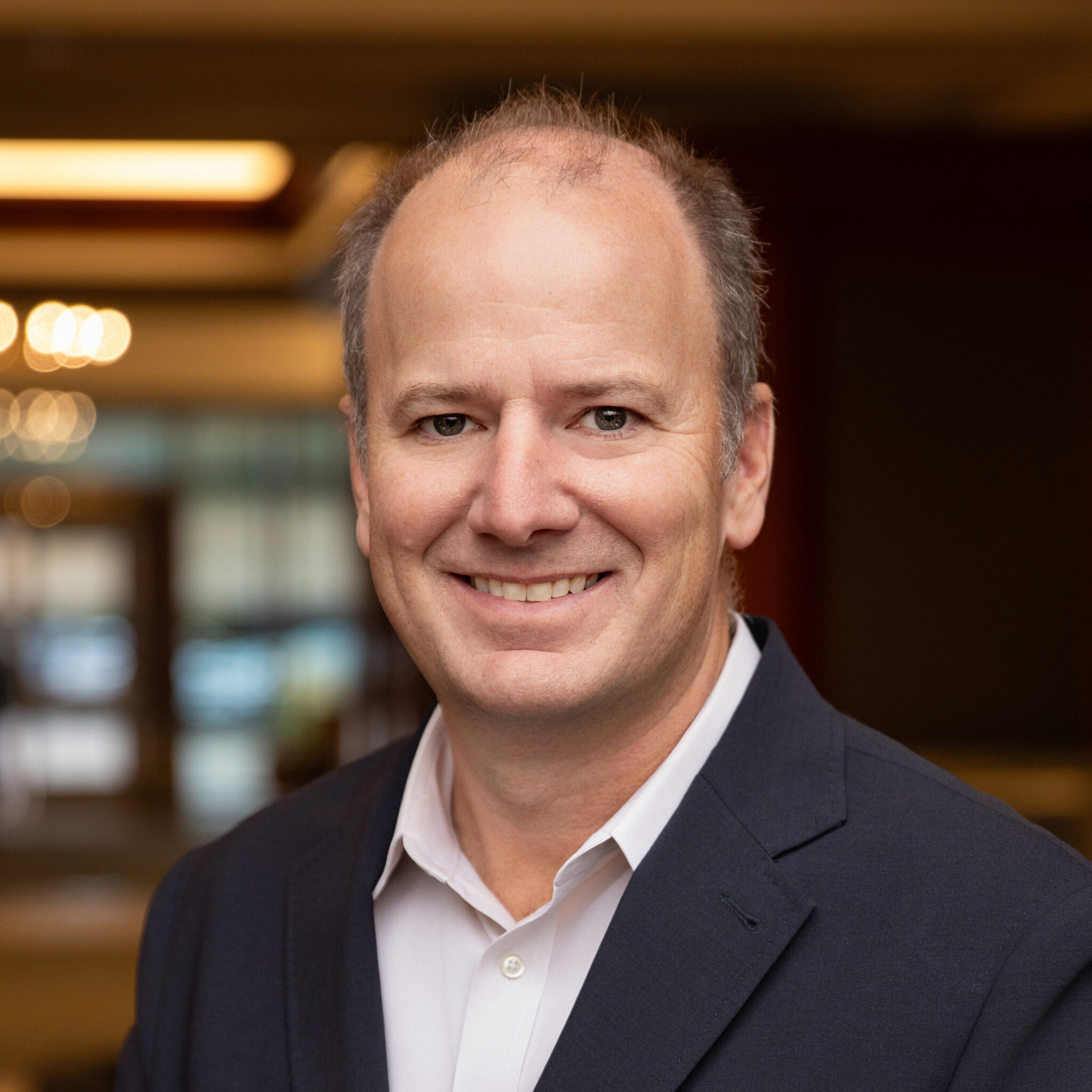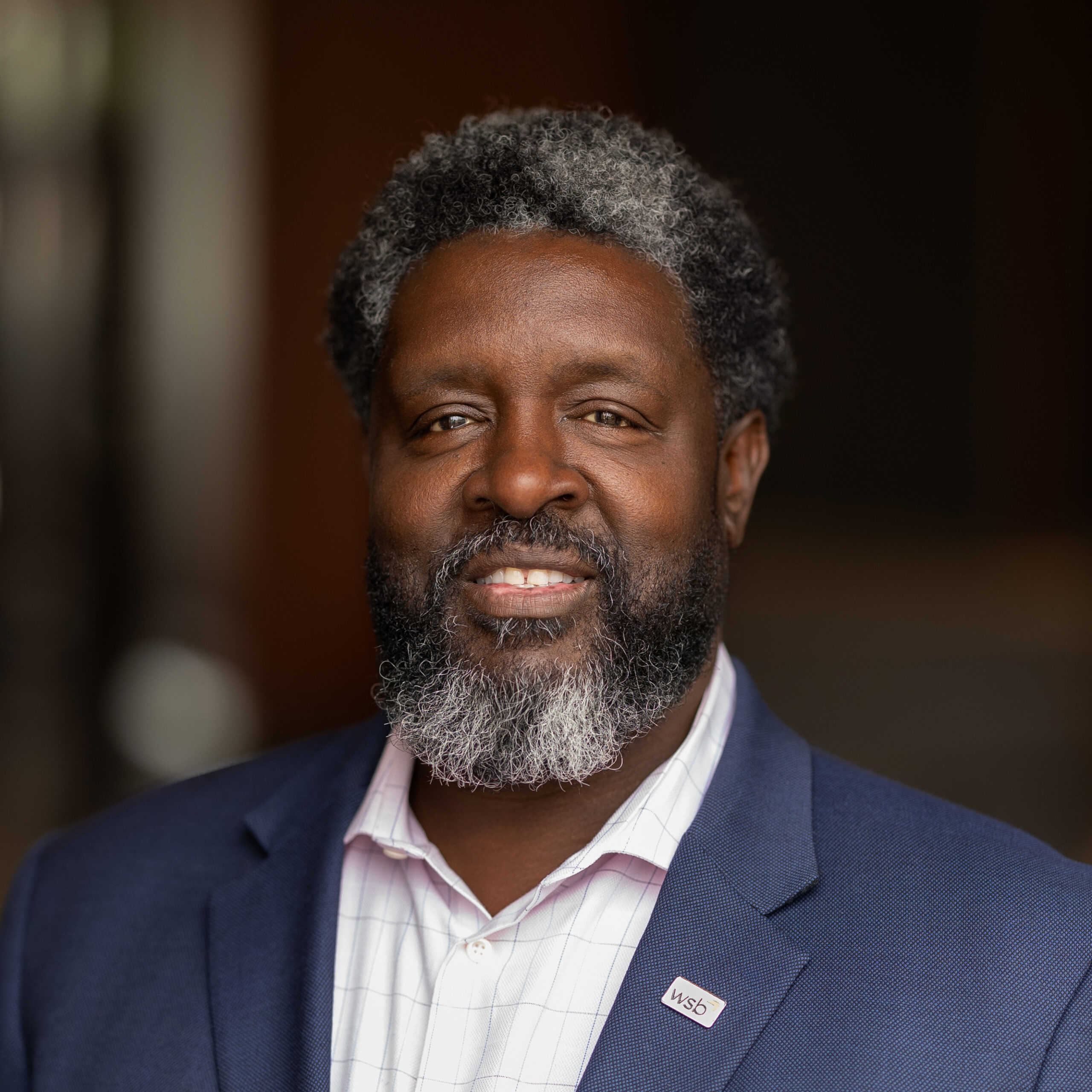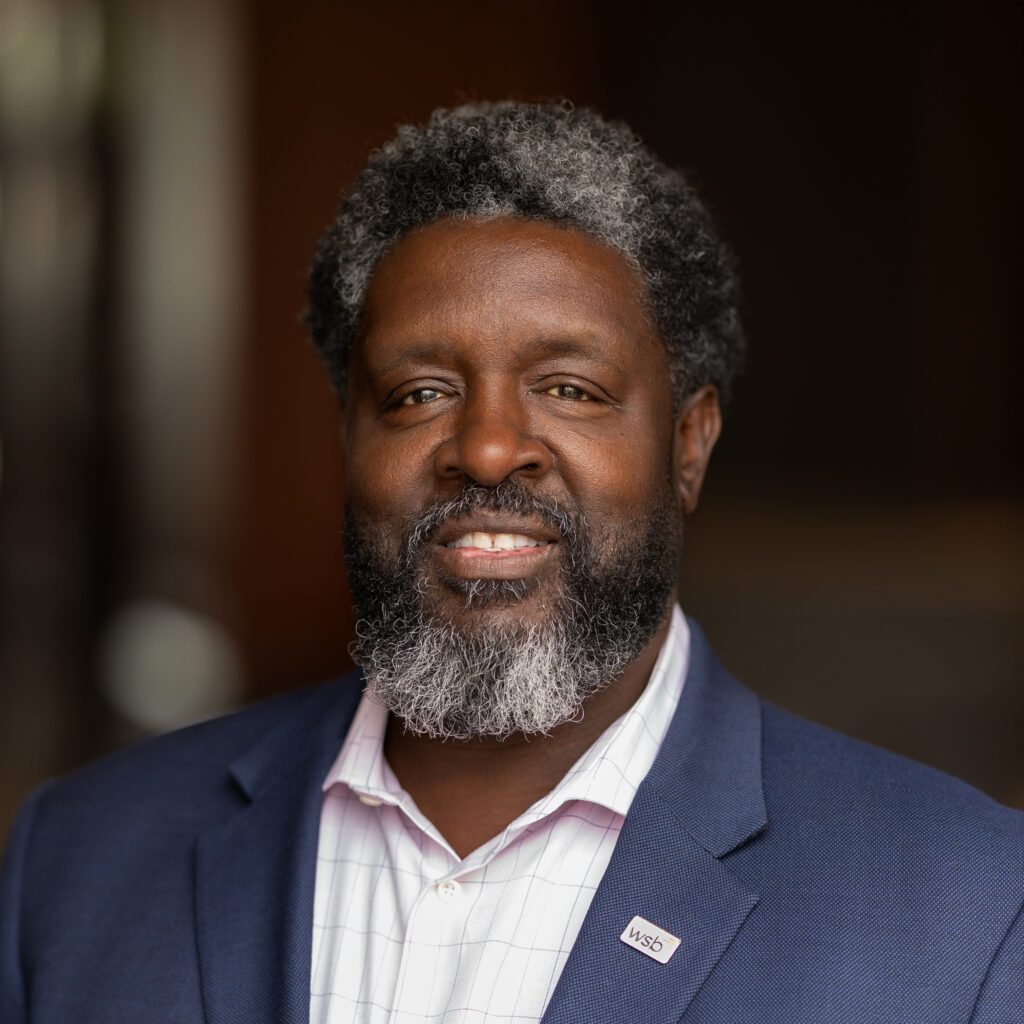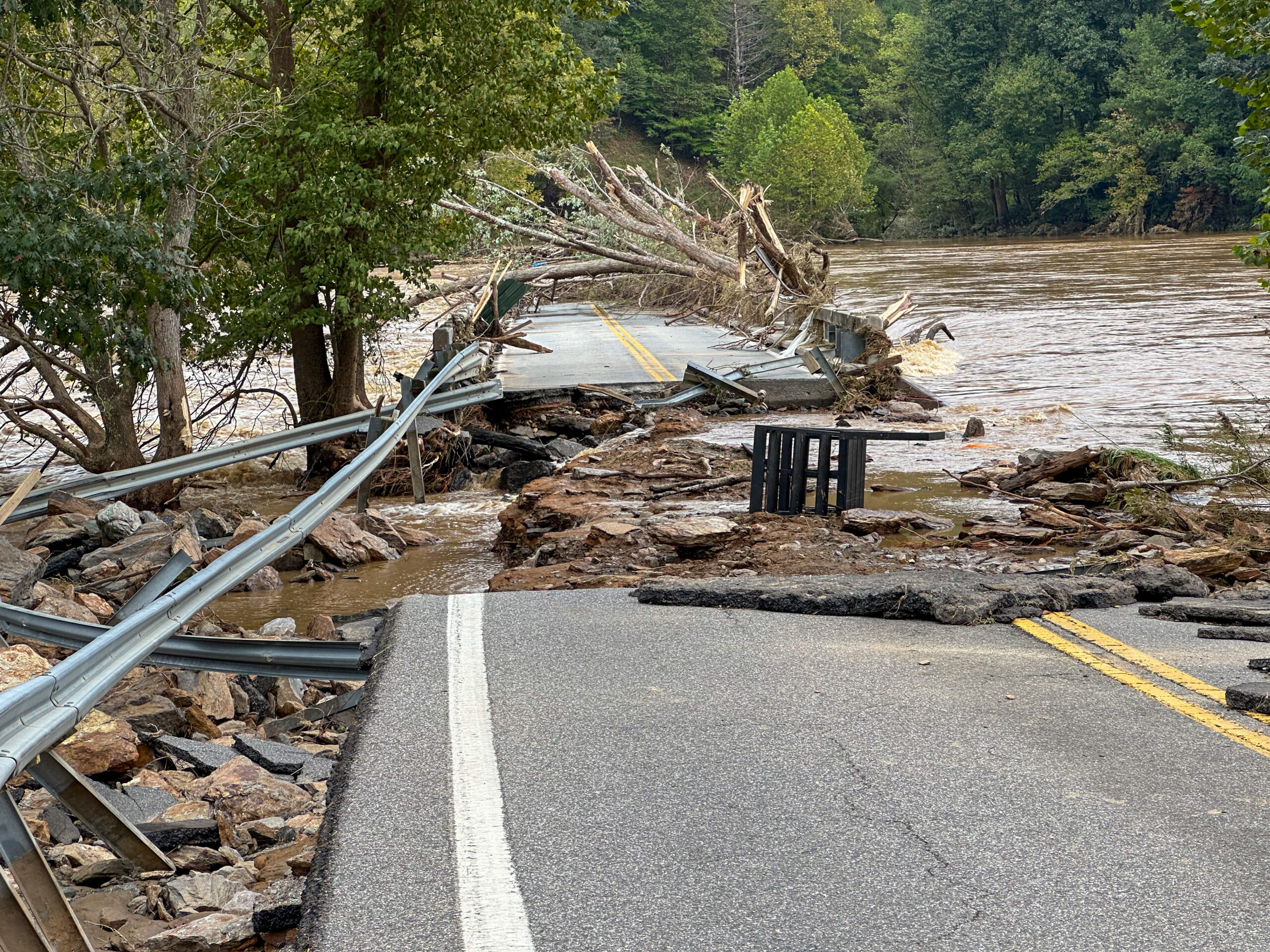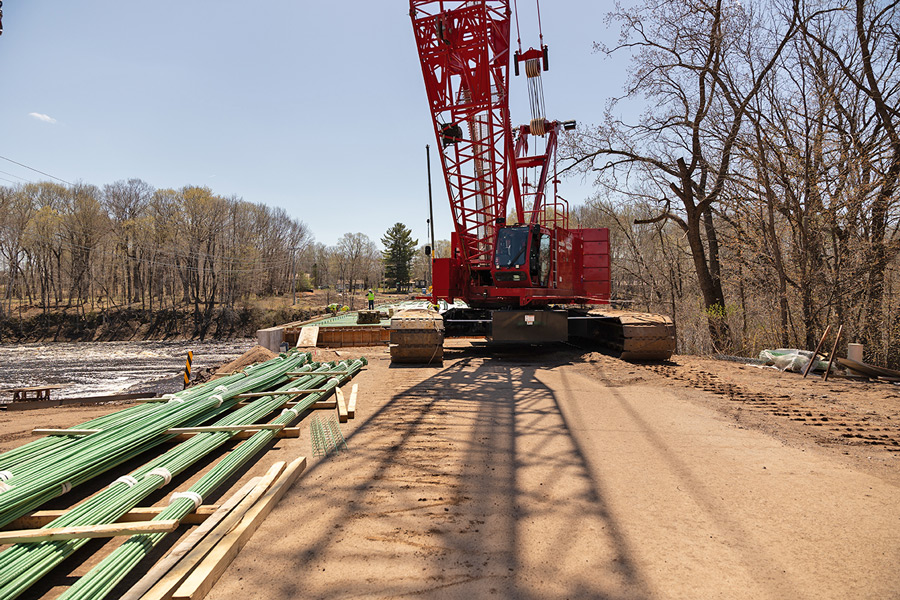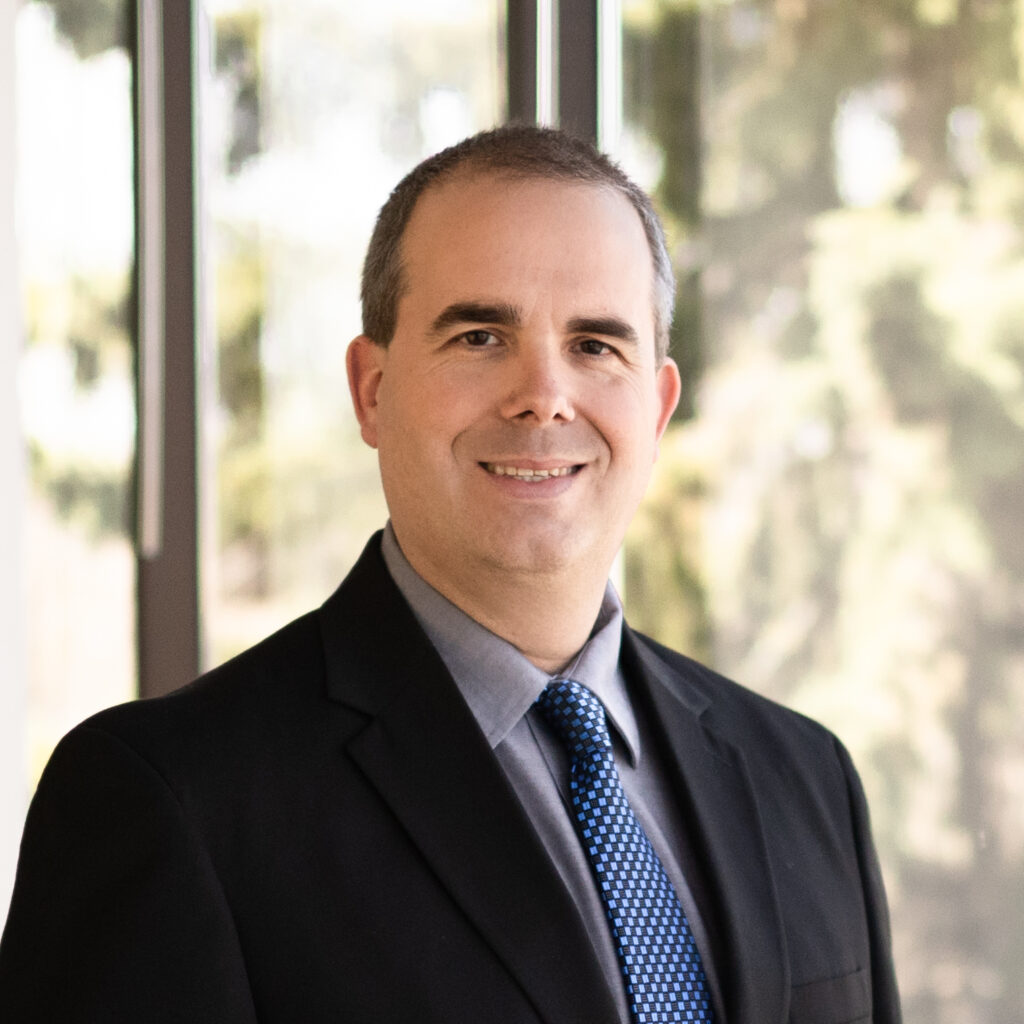By Matias Mendez, PE, PhD, Director of Geotechnical and Pavement Surfaces, WSB and Eddie Hernandez, Director of Construction Engineering & Inspection, WSB
In the ever-evolving landscape of urban development and infrastructure, precise materials testing and geotechnical services are essential for success. At WSB, we offer robust, efficient, and reliable testing services that cater to the dynamic needs of clients across the country. Our commitment to excellence, advanced technology, mobility, and prompt service delivery sets us apart as leaders in the field.
Unmatched Mobility and Accessibility
One of our top priorities is our unparalleled mobility. With subject matter experts across the country, we can support clients in any region, ensuring timely and accurate data without logistical challenges. Whether you’re in a bustling urban center or a remote area, our team provides geotechnical evaluations and materials testing right where you need them. Our versatile drilling fleet, equipped for different terrains and project demands, ensures we can adapt to any site conditions efficiently.
Prompt and Reliable Service Delivery
We understand that time is critical in the construction industry. Delays in testing and analysis can significantly impact project timelines and budgets. At WSB, we are committed to offering prompt and reliable service delivery. With a dedicated team of experts, accredited laboratories, specialized equipment, technology, and efficient processes, we can commence work at your earliest convenience, driving your project forward with efficiency and eliminating unnecessary delays.
Comprehensive Service Offerings
While our materials testing and geotechnical services are at the forefront, WSB boasts a portfolio of over 50 additional service offerings designed to support various aspects of your project. These diverse service lines enable us to thoroughly assess client needs, allowing us to tailor our deliverables to ensure client satisfaction. From environmental assessments and structural analysis to construction management and quality control, our multidisciplinary firm handles diverse project requirements, providing you with the convenience of working with a single reliable partner.
Why Choose WSB?
Our highly experienced staff bring extensive knowledge to every project, ensuring the highest standards of accuracy and reliability, and our investment in cutting-edge technology and continuous improvement processes keeps us at the forefront of industry advancement. We prioritize the unique requirements and challenges of each project to support its individual needs.
As you embark on your next project, trust WSB to provide the expertise and support necessary to achieve excellence in construction and infrastructure development. We look forward to the opportunity to work with you and contribute to the success of your projects.
